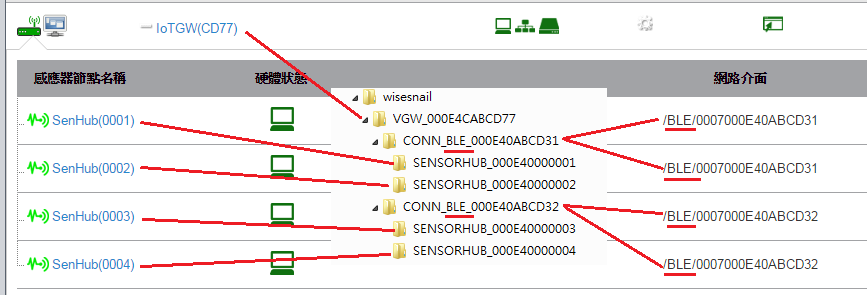Difference between revisions of "IoTGateway/WiseSnail Simulator"
From ESS-WIKI
| Line 15: | Line 15: | ||
1. In '''WiseSnail_simulator''' directory, you can find '''wisesnail''' | 1. In '''WiseSnail_simulator''' directory, you can find '''wisesnail''' | ||
| − | 2. This '''Simulator''' | + | 2. This '''Simulator''' parse '''wisesnail''' directory and convert parse result to WiseSnail packet, then send to MQTT broker. |
3. Below is folder/file mapping introduction | 3. Below is folder/file mapping introduction | ||
Revision as of 10:51, 11 October 2016
Download source code and install required modules
1. Install nodejs: https://nodejs.org/en/download/package-manager/
2. Checkout SVN source code: https://172.20.2.44/svn/essrisc/IoT/source/Projects/WiseSnail_simulator
3. Enter the directroy WiseSnail_simulator and use npm tool to install mqtt and keypress modules.
$ cd ./WiseSnail_simulator $ npm install mqtt --save $ npm install keypress -- save
Folder/File mapping introduction
1. In WiseSnail_simulator directory, you can find wisesnail
2. This Simulator parse wisesnail directory and convert parse result to WiseSnail packet, then send to MQTT broker.
3. Below is folder/file mapping introduction
How to test
1. add device by adding folder and files.(or you can use default folder wisesnail)
2. modify MQTT broker address in mqtt_server.conf
3. Launch wisesnail, then check RMM server.
$node wisesnail.js
4. Ctrl+C to disconnect device from RMM server
